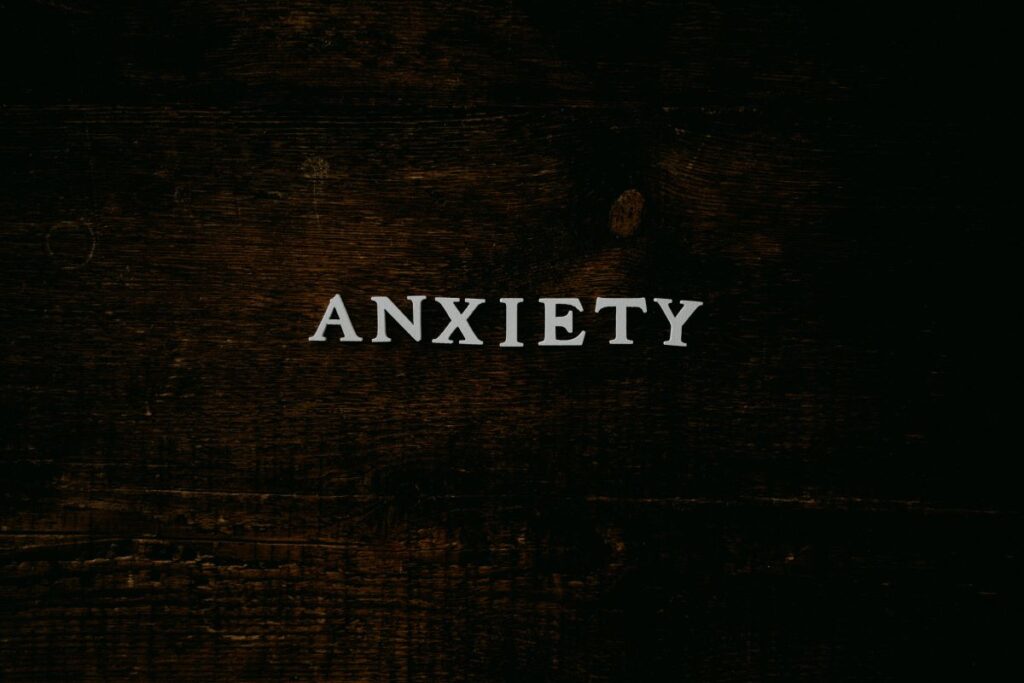
National survey data shows a deterioration of mental health in young people in the past few years, with depression and anxiety being the most diagnosed mental health disorders in children and adolescents (Cybulski L. et al, 2021; Newlove-Delgado T. et al, 2021). The onset of these disorders often occurs when children are attending school, before the age of 18 years (Solmi M. et al, 2021). Evidence-based treatments exist for depression and anxiety disorders but reduce the burden only to a limited extent (Bear H. et al, 2020; Das JK. et al, 2016). Additionally, many children and adolescents with mental health difficulties are not able to access support due to individual, environmental and structural barriers (Anderson KJ. et al, 2017).
In this context, youth mental healthcare models that include not only early intervention, but also preventive strategies have become a public health priority (WHO, 2021). Preventive strategies intend to reduce the onset of new cases, by reducing risk factors and strengthening protective ones (WHO, 2021). Preventive strategies can be universal (directed at an entire population) or targeted (directed to individuals with increased risk factors) and are implemented in different settings.
Schools are a suitable place for implementing depression and anxiety preventive programmes for many reasons. First, schools represent the most accessible place to support most young people, since most children and adolescents in the UK attend school and spend a significant amount of their time there. Additionally, school-based mental health services are the most frequently used service provider when first seeking mental health help, and early signs of mental health issues are often identified at school (Duong MT. et al, 2021; Newlove-Delgado T. et al, 2021). In this context, efforts are being made to explore the effectiveness of school-based identification strategies of mental health difficulties (Anderson JK. et al, 2019) and school-based mental health prevention and intervention programmes (Finning K. et al, 2021; Werner-Seidler A. et al, 2021). Overall, schools seem to be an appropriate setting for providing depression and anxiety prevention programs when the necessary resources are available.
The aim of the present study (Werner-Seidler A. et al, 2021) was to explore the effectiveness of school-based programs designed to prevent depression and/or anxiety in children and adolescents.

Depression and anxiety prevention has become a public health priority and schools are an accessible and visible place for implementing prevention programmes.
Methods
The authors of this systematic review used a random-effects meta-analysis. Studies published between February 2015 and October 2020 were searched in the following databases: PsycINFO, PubMed and the Cochrane Library. Selected studies were written in English and published in peer-reviewed journals. Included studies were randomized controlled trials evaluating the efficacy of a school-based psychological or psycho-educational prevention programme targeting children and adolescents aged 5 to 19 years old and designed to prevent depressive or anxiety symptoms and/or to promote mental wellbeing. Self-reported symptoms of depression and anxiety were compared between intervention and control groups at post-intervention. If available, short-term (0 to 6 months), medium-term (6 to 12 months) and long-term (more than 12 months) follow-up results were also compared between groups.
The effects of the type of prevention (universal vs targeted), the professional delivering the programme (external to the school vs school staff), the type of control condition (no-intervention/waitlist/active), the age of the participants, the therapeutic approach used (cognitive behavioural therapy CBT-based vs other therapeutic approaches), the delivery format (face-to-face vs digital) and the quality of the studies (high vs low quality studies) were examined.
Results
This review included 118 original trials with a total sample size of 45,924 participants. The meta-analysis included 108 of these trials. Based on a risk of bias assessment, 33% of the studies were considered as high quality and 72% as low-quality studies.
Main findings showed that:
- Relative to the control condition, prevention programmes had a small positive effect on depression and anxiety symptoms at post-intervention and follow-up.
- At long-term follow-up, the effect sizes for both depression and anxiety prevention programmes were very small.
- Targeted depression prevention programs resulted in better outcomes compared to universal programmes at post-intervention. However, there were no significant differences between universal and targeted models for anxiety prevention programmes.
- Depression and anxiety programmes delivered by external professionals resulted in better outcomes compared to programmes delivered by school staff at short-term follow-up.
- No significant differences were found between different age groups, therapeutic approaches, control condition types, delivery formats or between high- and low-quality studies.

According to this review, school-based depression and anxiety prevention programmes have small but positive effects.
Conclusions
This meta-analysis showed that school-based depression and anxiety prevention programmes have small but positive effects. However, these effects dissipate in the long term, at 12 months follow-up. Additionally, targeted programmes seem to be more efficient compared to universal ones, and programmes delivered by external professionals show better outcomes compared to programmes delivered by school staff.

School-based depression and anxiety prevention programmes are likely to have a significant public health impact when implemented on a large scale.
Strengths and limitations
This meta-analysis explored the effects of school-based programmes designed to prevent depression and/or anxiety, while considering the quality of the studies, follow-up measurements, and digital delivery approaches, which have multiplied in recent years.
The authors mention the main limitations of their study in their publication. Additionally, it is important to note that longer follow-up measures and larger samples are necessary to examine the preventive effects of these programmes and to identify the factors related to the maintenance of their benefits in the long term. This is particularly true for universal programmes, which are generally preferred by schools.
Finally, non-CBT-based approaches were grouped in this study and a lot of the publications investigating non-CBT-based programme contents were judged as low-quality studies. Overall, we need further high-quality studies exploring the preventive effects of these therapeutic approaches separately.

Further studies in larger samples are necessary to explore the effectiveness of different prevention programme modalities.
Implications for practice
Although further research is necessary to improve depression and anxiety preventive strategies, the implementation of prevention programmes in schools – when feasible – is likely to have a significant public health impact, if delivered on a large scale.
To avoid these preventive effects vanishing in the long term, booster or follow-up sessions should be implemented at 12 months follow-up, so the benefits of these interventions are maintained in the long term. Additionally, interventions delivered by external professionals, who frequently have a background in mental health, should be favoured when the necessary resources are available.
Finally, in a specific context of easy digital access and literacy, digital formats have multiple benefits such as the possibility to reach people globally, and reduced costs and practical difficulties. Programmes delivered in digital formats in which the teacher has a supporting role may also reduce costs and logistical barriers, but further studies are necessary to explore the effects of this delivery format.

If the necessary resources are available, depression and anxiety prevention programmes should be implemented in schools.
Statement of interests
The author declares no conflicts of interest.
Links
Primary paper
Werner-Seidler A, Spanos S, Calear AL. et al (2021) School-based depression and anxiety prevention programs: An updated systematic review and meta-analysis. Clin Psychol Rev 2021 89 102079.
Other references
Anderson JK, Ford T, Soneson E. et al (2019) A systematic review of effectiveness and cost-effectiveness of school-based identification of children and young people at risk of, or currently experiencing mental health difficulties. Psychol Med 2019 49(1) 9-19.
Anderson JK, Howarth E, Vainre M. et al. (2017) A scoping literature review of service-level barriers for access and engagement with mental health services for children and young people. Children and Youth Services Review 2017 77 164–176.
Bear HA, Edbrooke-Childs J, Norton S. et al (2020) Systematic Review and Meta-analysis: Outcomes of Routine Specialist Mental Health Care for Young People With Depression and/or Anxiety. J Am Acad Child Adolesc Psychiatry 2020 59(7) 810-841.
Cybulski L, Ashcroft DM, Carr MJ. et al (2021) Temporal trends in annual incidence rates for psychiatric disorders and self-harm among children and adolescents in the UK, 2003-2018. BMC Psychiatry 2021 21(1) 229.
Das JK, Salam RA, Lassi ZS. et al (2016) Interventions for Adolescent Mental Health: An Overview of Systematic Reviews. J Adolesc Health 2016 59(4S) S49-S60.
Duong MT, Bruns EJ, Lee K. et al (2021) Rates of Mental Health Service Utilization by Children and Adolescents in Schools and Other Common Service Settings: A Systematic Review and Meta-Analysis. Adm Policy Ment Health 2021 48(3) 420-439.
Finning K, White J, Toth K. et al (2021) Longer-term effects of school-based counselling in UK primary schools. Eur Child Adolesc Psychiatry 2021.
Newlove-Delgado T, Williams, T, Robertson K. et al (2021) Mental Health of Children and Young People in England, 2021. NHS Digital 2021.
World Health Organization (2021). Comprehensive mental health action plan 2013–2030.
Solmi M, Radua J, Olivola M. et al (2021) Age at onset of mental disorders worldwide: large-scale meta-analysis of 192 epidemiological studies. Mol Psychiatry 2021.
Photo credits
- Photo by Kuanish Reymbaev on Unsplash
- Photo by Annie Spratt on Unsplash
- Photo by Jeswin Thomas on Unsplash
- Photo by Sarah Dorweiler on Unsplash
- Photo by christy jacob on Unsplash
- Photo by Deleece Cook on Unsplash
